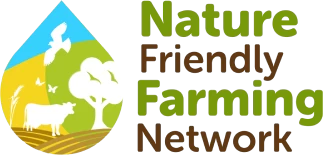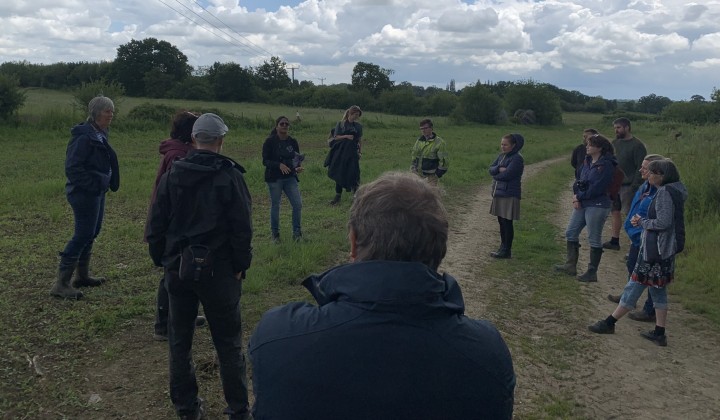Turtle doves have been a part of Britain’s landscape for centuries, but they have suffered catastrophic declines. Here’s how our NFFN farmers have joined the fight to save the bird.
The turtle dove has a long history in Britain’s countryside, heritage and culture. Generations grew up hearing their soft call in summer, while Shakespeare mentioned them in his plays. Every year, millions of people sing about them during the festive season, thanks to the song The 12 Days of Christmas.
However, these elusive wanderers have faced major challenges. The turtle dove has suffered a catastrophic decline in its UK population, with numbers falling by 99% since the late 1960s. The main cause was the intensification of arable farming after World War II, which destroyed much of its habitat and food.
Today, nature-friendly farmers are at the heart of efforts to secure a future for the turtle dove. Through its work with Operation Turtle Dove (OTD), the NFFN is playing a vital role in ensuring the bird’s survival.
What is OTD and why is the NFFN involved?
OTD is a partnership between the RSPB, Natural England, Fair to Nature and the Pensthorpe Conservation Trust. The project uses scientific research to understand why turtle doves have declined so dramatically and implements measures aimed at reversing this trend.
The NFFN joined OTD in 2023 with the recruitment of Stuart Harris, South East Sustainable Farming Officer. Our contribution has been two-fold: identifying nature-friendly farmers across Kent and Sussex whose land could support turtle doves, and implementing measures to actively help the birds.
Why have turtle doves declined and what can be done?
Turtle dove numbers have plummeted over the past 50 years due to three main factors: hunting along migration routes, trichomoniasis, a disease caused by a parasite, and the loss of suitable habitats. Of these, habitat loss is the most pressing issue in the UK, and it can be directly addressed by working with landowners in the turtle dove’s core range of south-east England.
Finding suitable feeding habitat when the birds arrive in late spring is a crucial factor after a long migration journey. “Turtle doves feed on arable plant seeds, which have become scarce due to the intensification of farming,” Stuart explains. “There’s simply not enough natural forage for them any more. They also have short, stubby legs, which means they need patches of open, bare ground where they can feed by picking seeds off the soil.”



